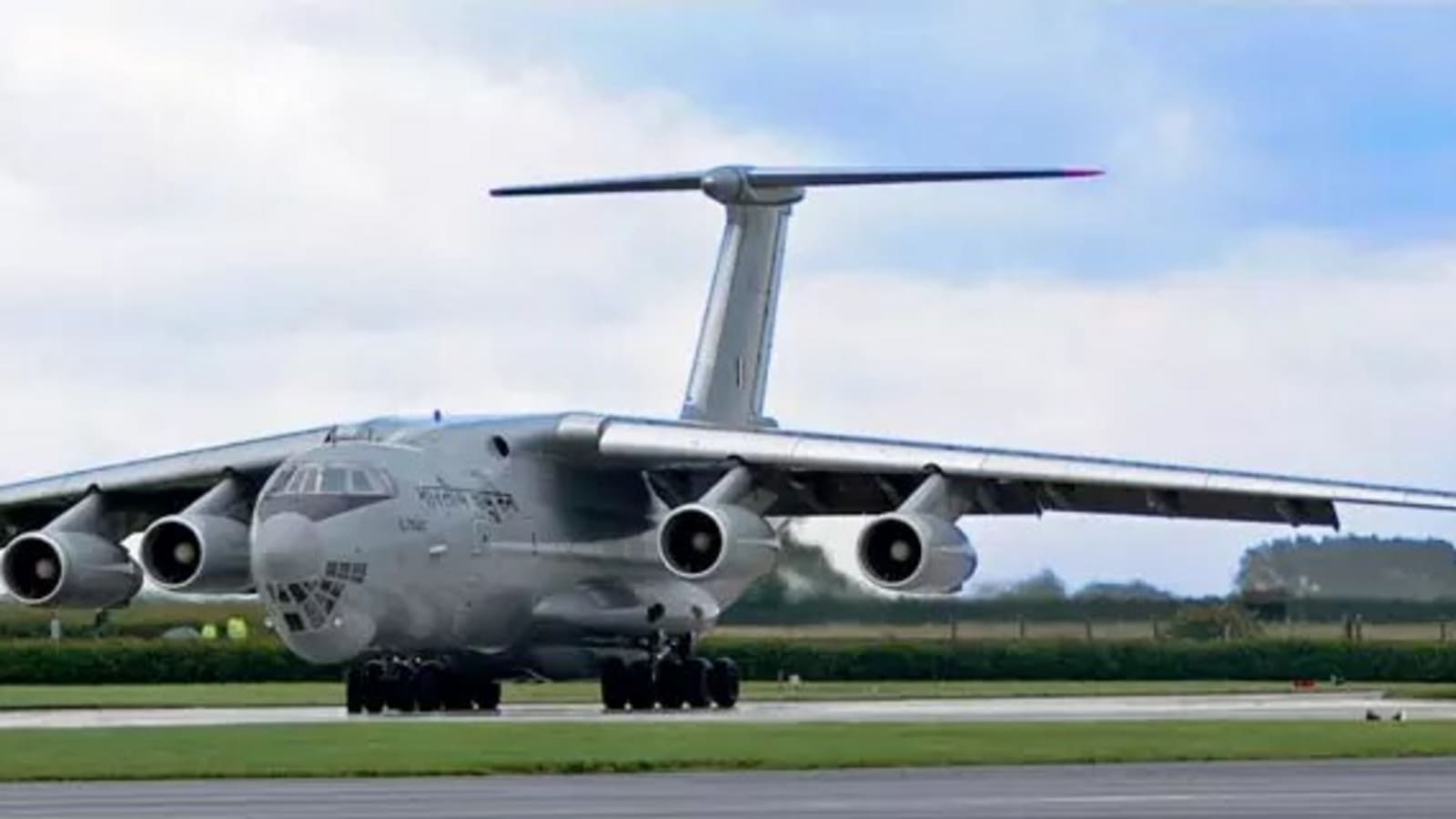SOURCE: RAUNAK KUNDE / NEWS BEAT / IDRW.ORG


In a significant step toward advancing India’s indigenous aerospace capabilities, the Gas Turbine Research Establishment (GTRE), a key laboratory under the Defence Research and Development Organisation (DRDO), has proposed converting one of the Indian Air Force’s (IAF) Ilyushin IL-76 aircraft into a Flying Test Bed (FTB) for testing the Kaveri Derivative Engine (KDE) and engines for the Advanced Medium Combat Aircraft (AMCA) program. Sources close to idrw.org indicate that this proposal is on the verge of receiving clearance, marking a crucial milestone in India’s pursuit of self-reliance in jet engine technology.
The Ministry of Defence (MoD) has reportedly approached the IAF to explore the feasibility of lending an older IL-76 aircraft for this purpose. The aircraft would serve as a platform for in-flight testing of engines under development, a critical process to validate performance, reliability, and integration under real-world conditions. This move comes as an alternative to India’s reliance on Russia’s Gromov Flight Research Institute, which provides an IL-76 test bed for engine testing but requires a lengthy wait of 9-10 months to schedule such tests. During these tests, one of the IL-76’s four engines is replaced with the engine under evaluation, allowing engineers to assess its performance in flight.
The Kaveri engine, initially conceived in the 1980s to power the Light Combat Aircraft (LCA) Tejas, has faced numerous challenges, including technical setbacks and delays due to sanctions and stalled technology transfers. Despite these hurdles, recent progress has revitalized the program. The Kaveri Derivative Engine (KDE), a dry (non-afterburner) variant delivering approximately 50 kN of thrust, is set for in-flight testing in 2025 and is earmarked for applications such as the Ghatak unmanned combat aerial vehicle (UCAV). Additionally, the Kaveri program’s advancements are seen as a stepping stone for developing a 110 kN thrust-class engine for the AMCA, India’s ambitious fifth-generation stealth fighter jet.
The proposed conversion of an IAF IL-76 into a dedicated FTB would significantly reduce India’s dependence on foreign facilities for engine testing, accelerating development timelines and enhancing self-reliance in critical defence technologies. The IL-76, a four-engine heavy transport aircraft, is well-suited for this role due to its robust design and ability to accommodate engine swaps for testing purposes. By establishing an indigenous FTB, GTRE aims to streamline testing processes, reduce costs, and gain greater control over the development cycle of the Kaveri engine and its derivatives.
According to sources, the IAF is likely to greenlight the proposal in the coming weeks, potentially allocating an older IL-76 from its fleet. This decision aligns with the MoD’s broader push for Aatmanirbhar Bharat (self-reliant India) in defence manufacturing, as evidenced by recent approvals for the AMCA program’s execution model, which emphasizes collaboration between public and private sectors. The IAF’s willingness to support this initiative reflects its recognition of the strategic importance of indigenous engine development, especially as regional security challenges intensify with adversaries like China and Pakistan advancing their air capabilities.
However, challenges remain. The Kaveri engine program has historically faced issues related to materials science, manufacturing precision, and achieving the required thrust levels. Experts, including former IAF pilot Group Captain Ajay Ahlawat, have emphasized the need for a next-generation engine, dubbed “Kaveri 2.0,” to meet the thrust requirements of advanced platforms like the AMCA and Tejas Mk2, which demand upwards of 100 kN. The FTB initiative could play a pivotal role in bridging these gaps by enabling rigorous in-flight testing to refine engine designs.
NOTE: Article cannot be reproduced without written permission of idrw.org in any form even for YouTube Videos to avoid Copy right strikes. Websites doing illegal reproductions will get DMCA and Legal Notices.